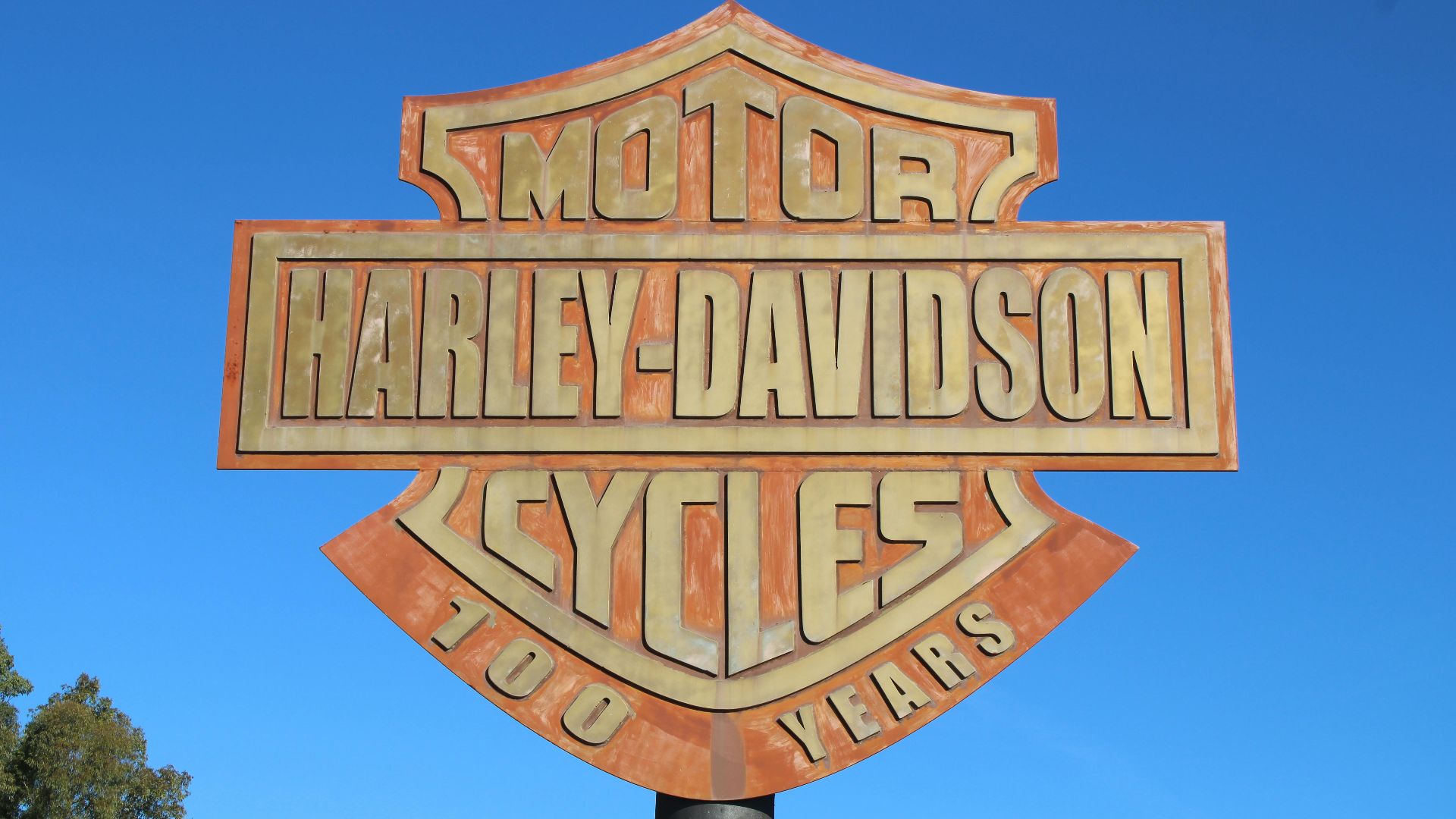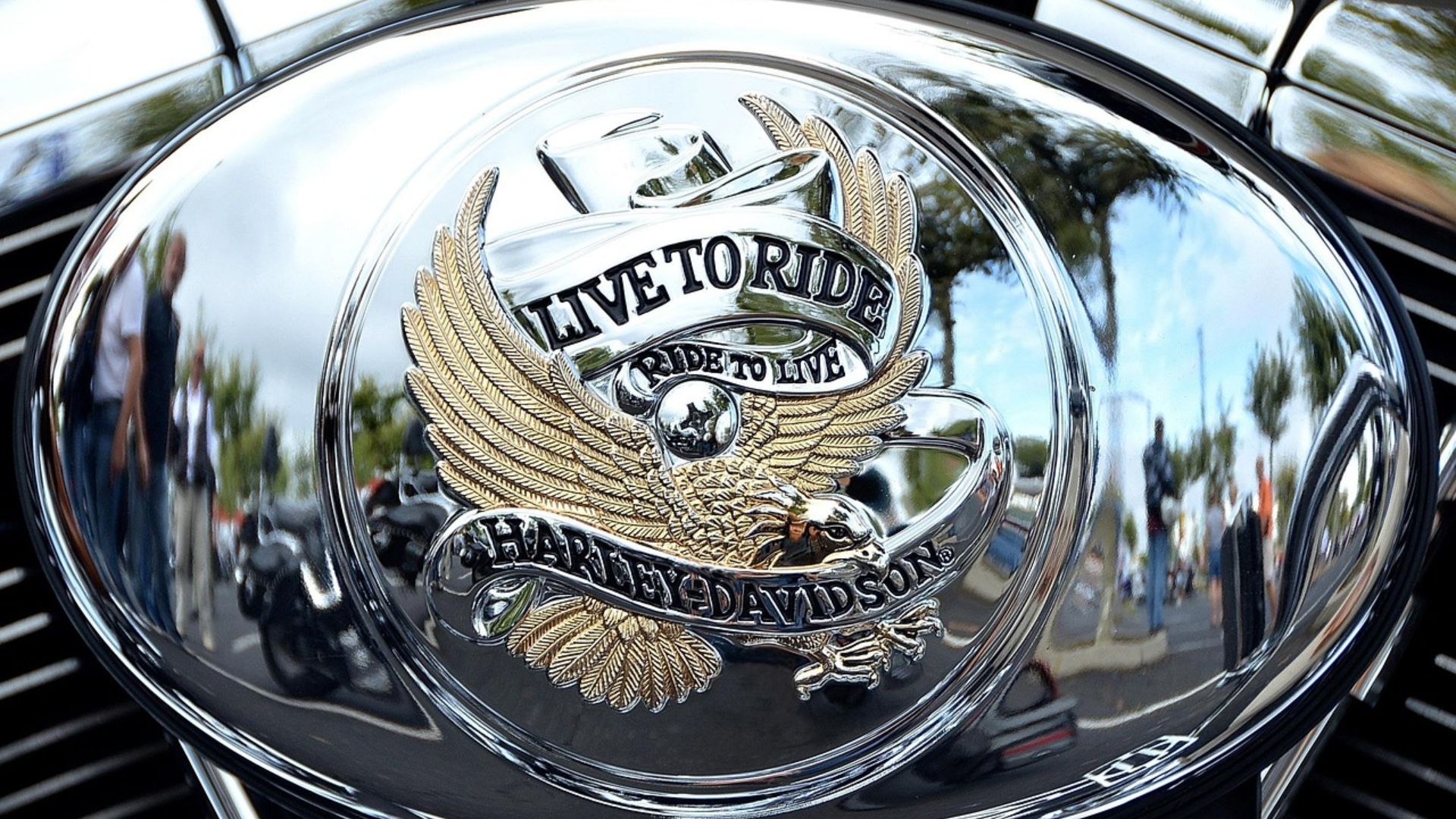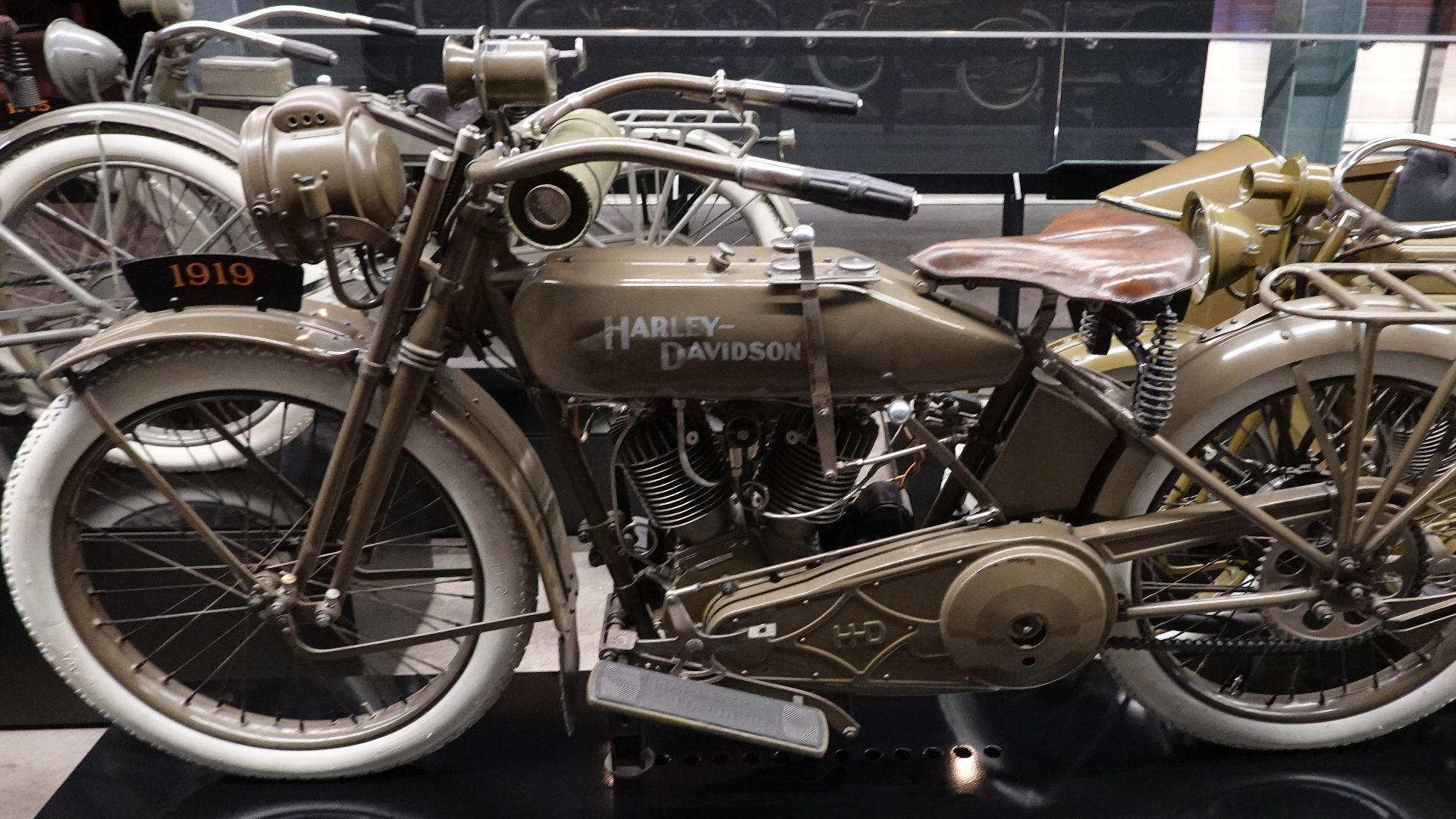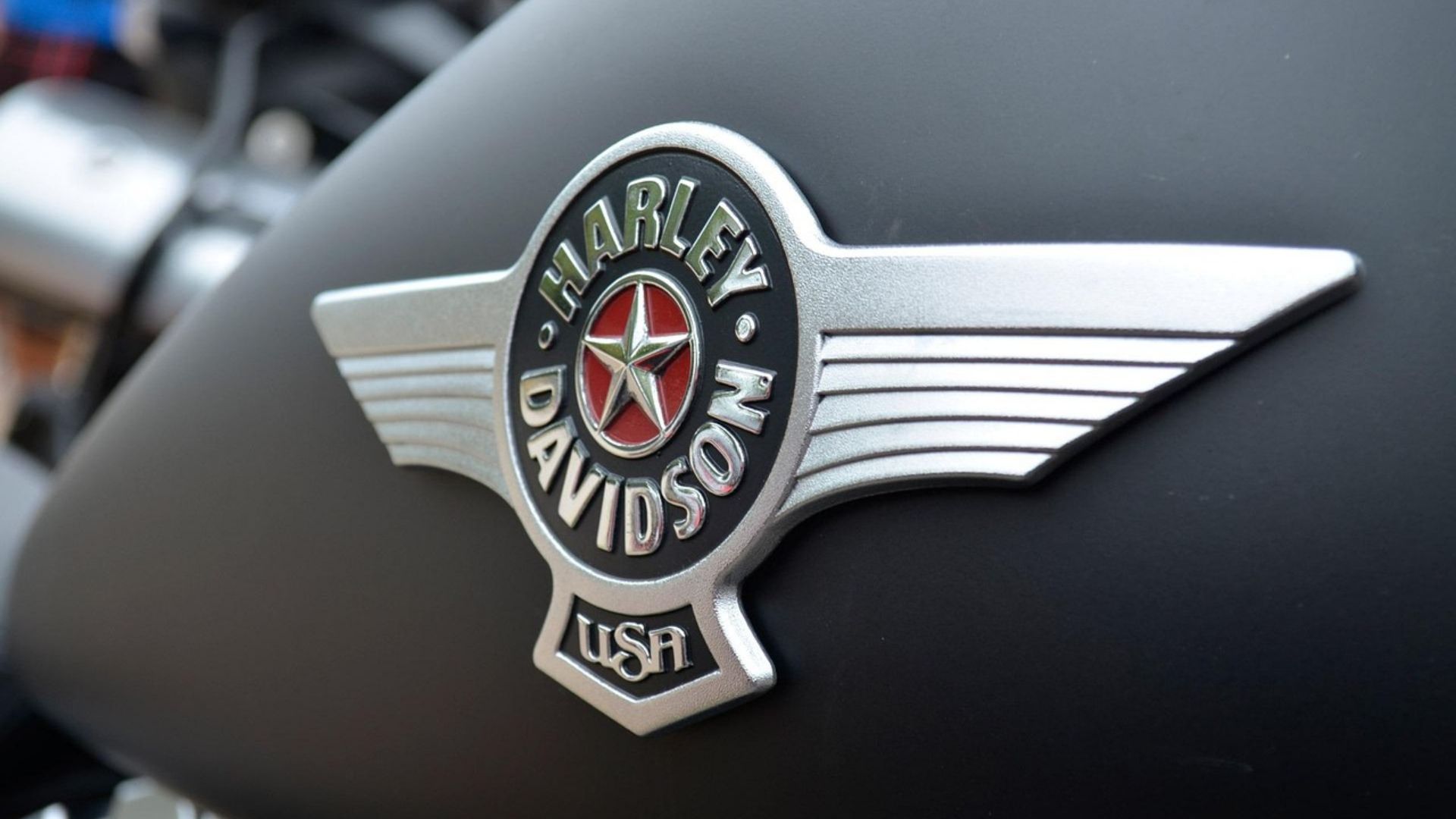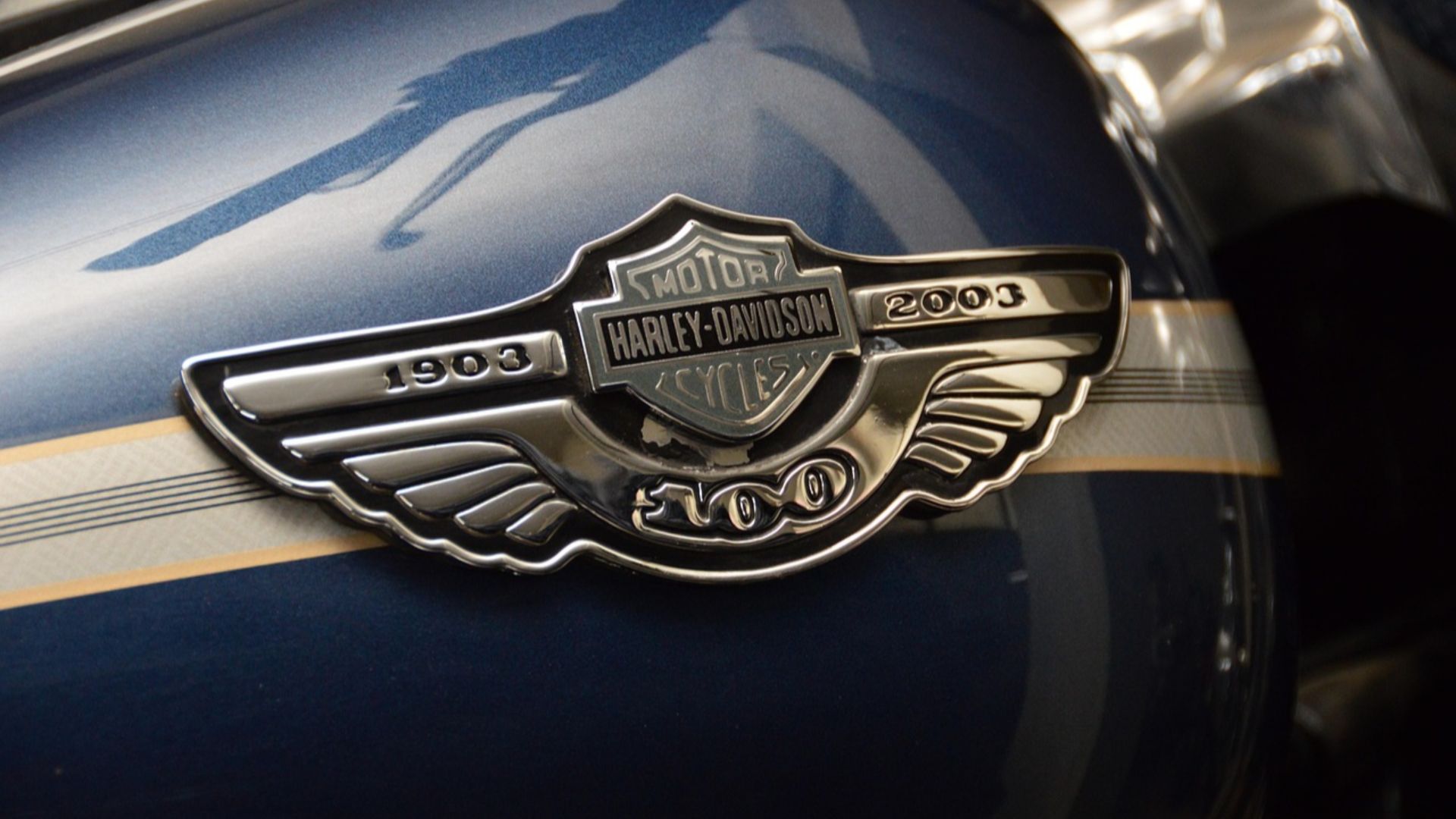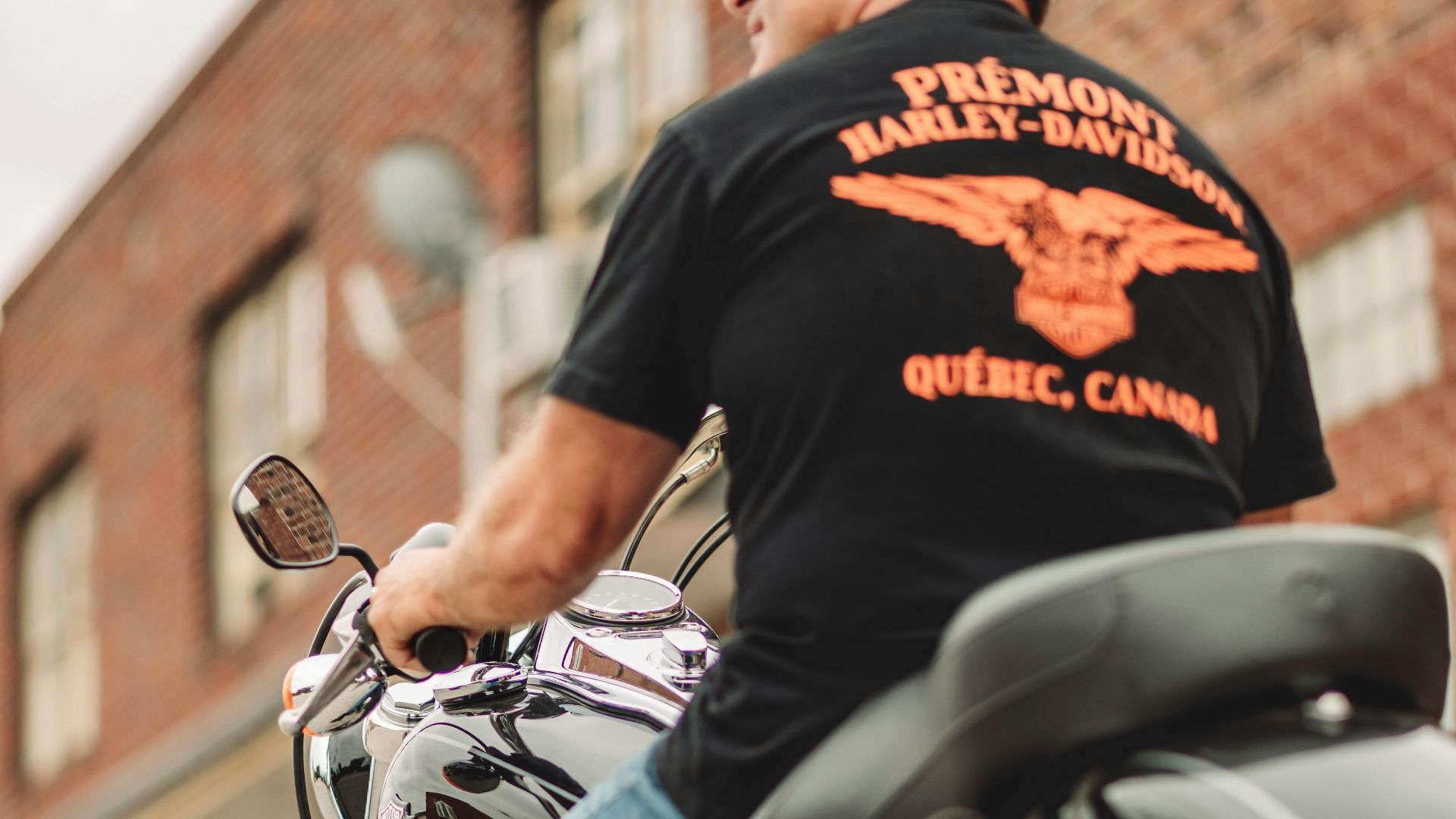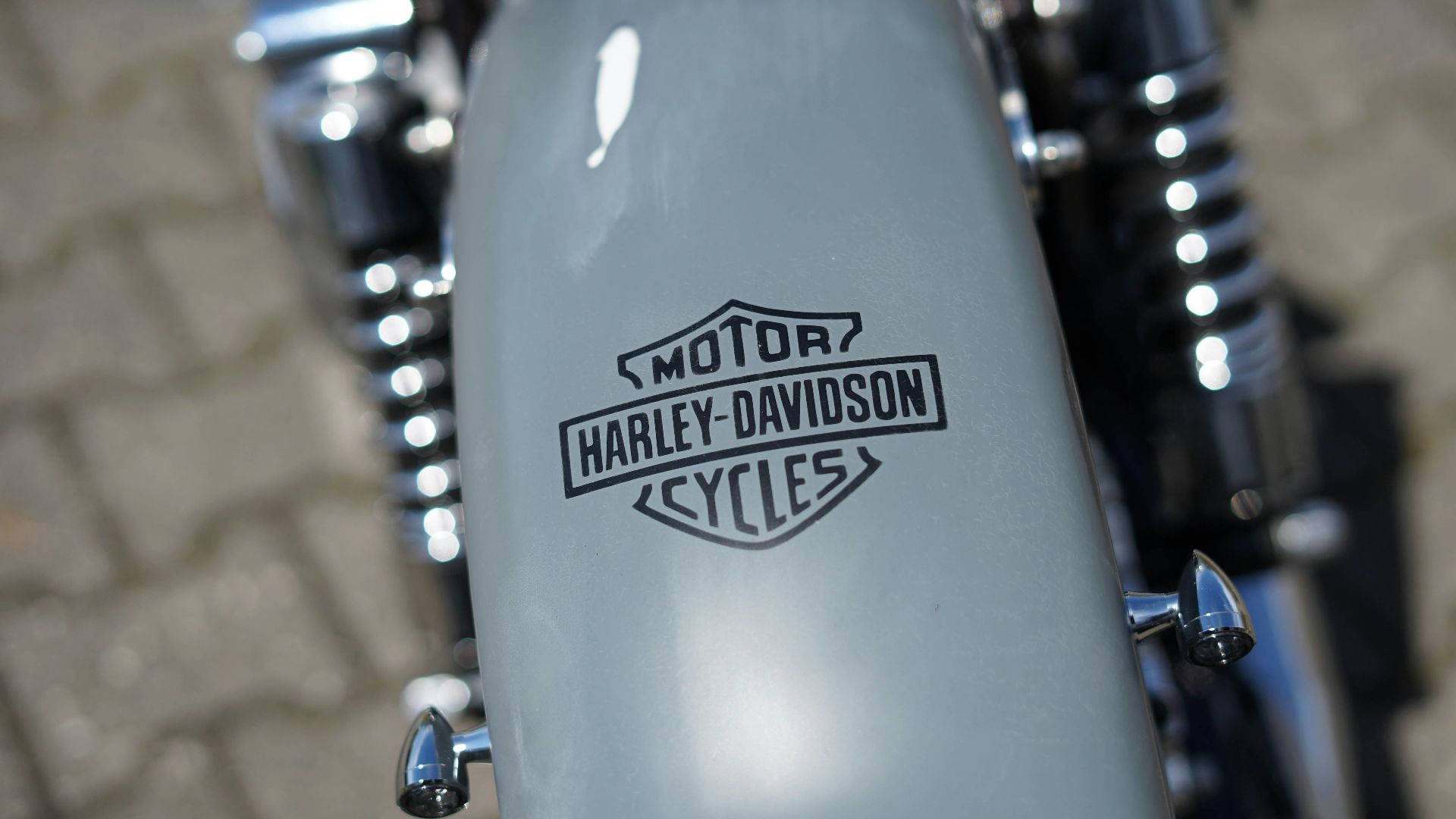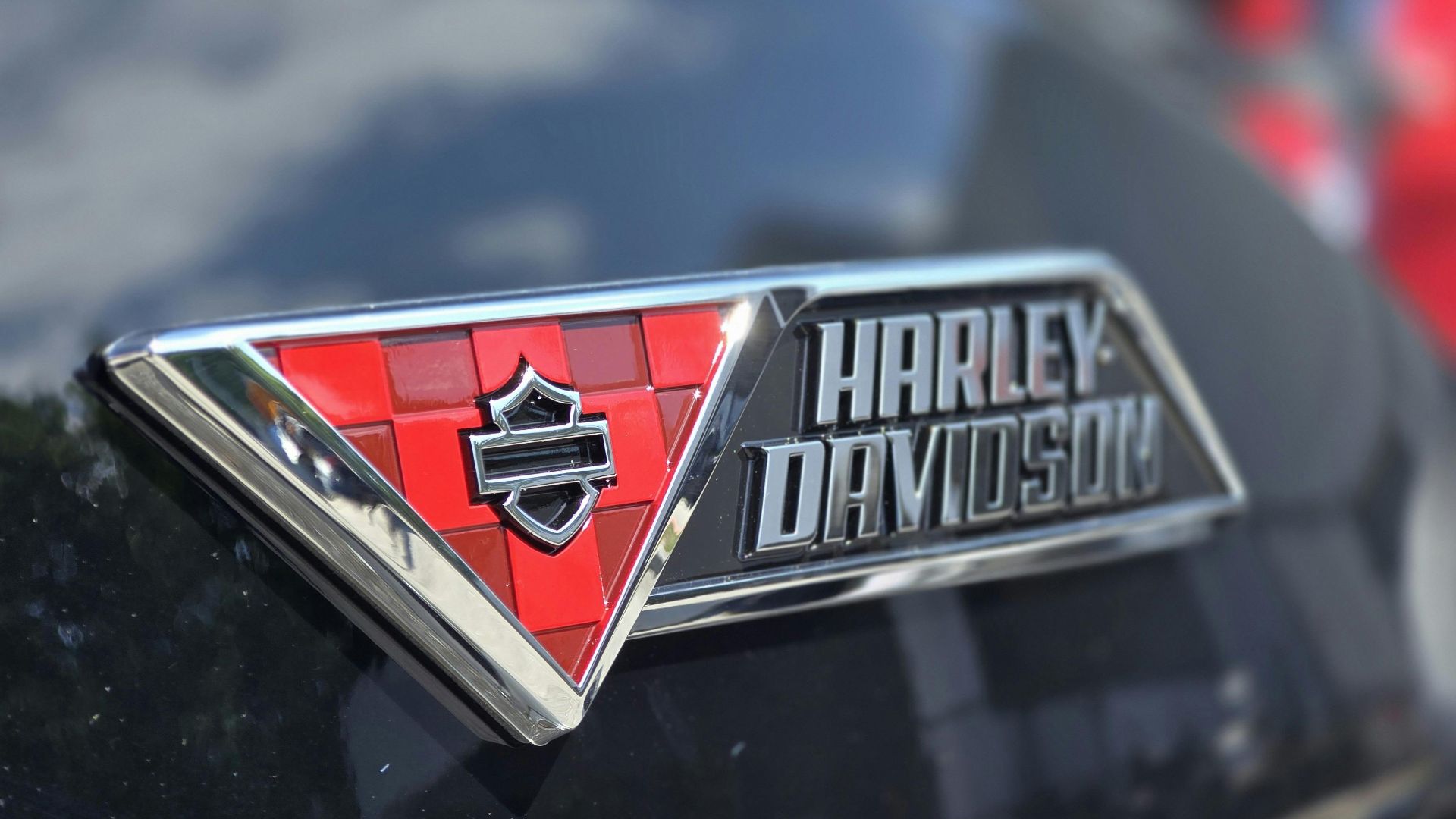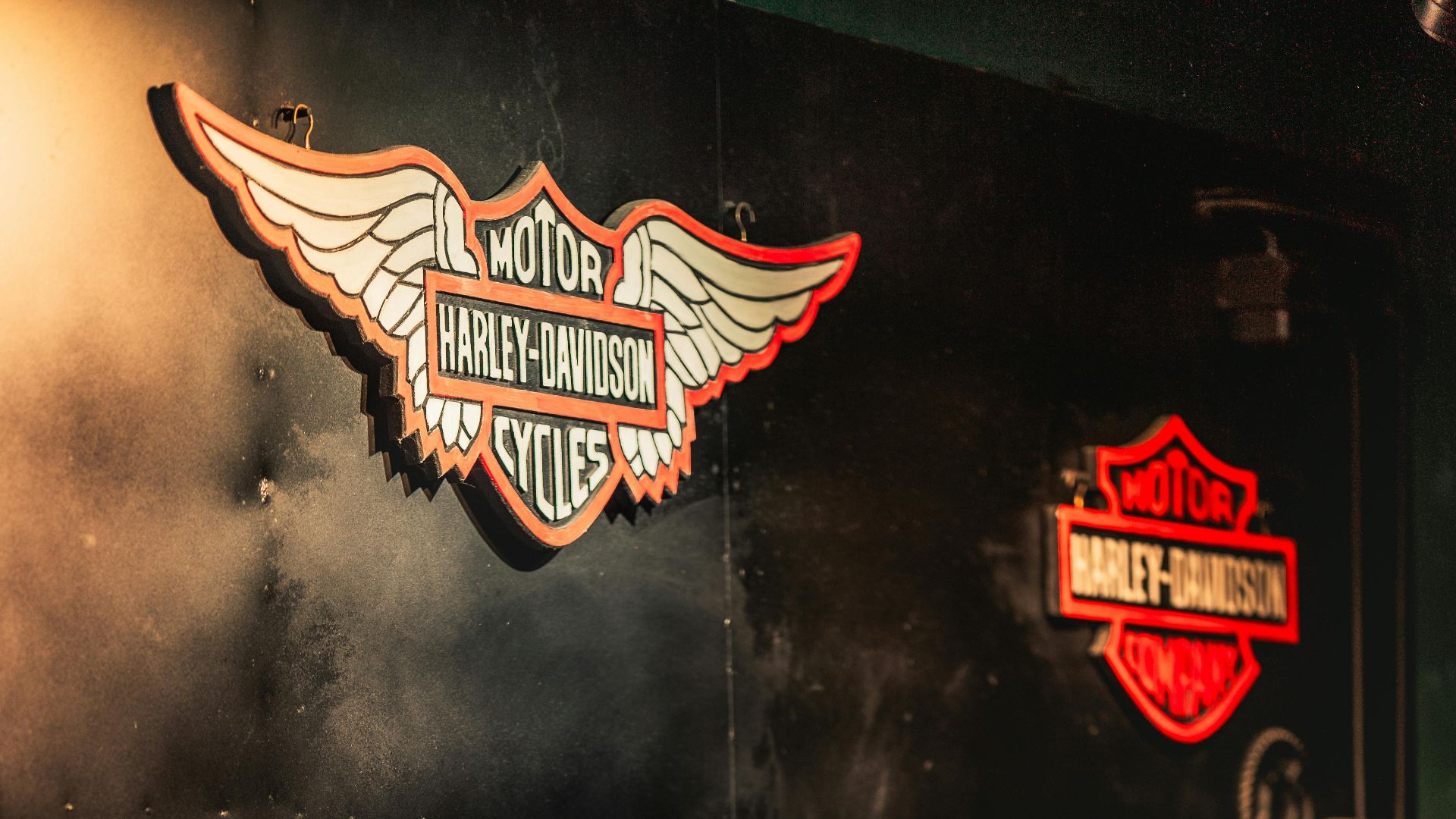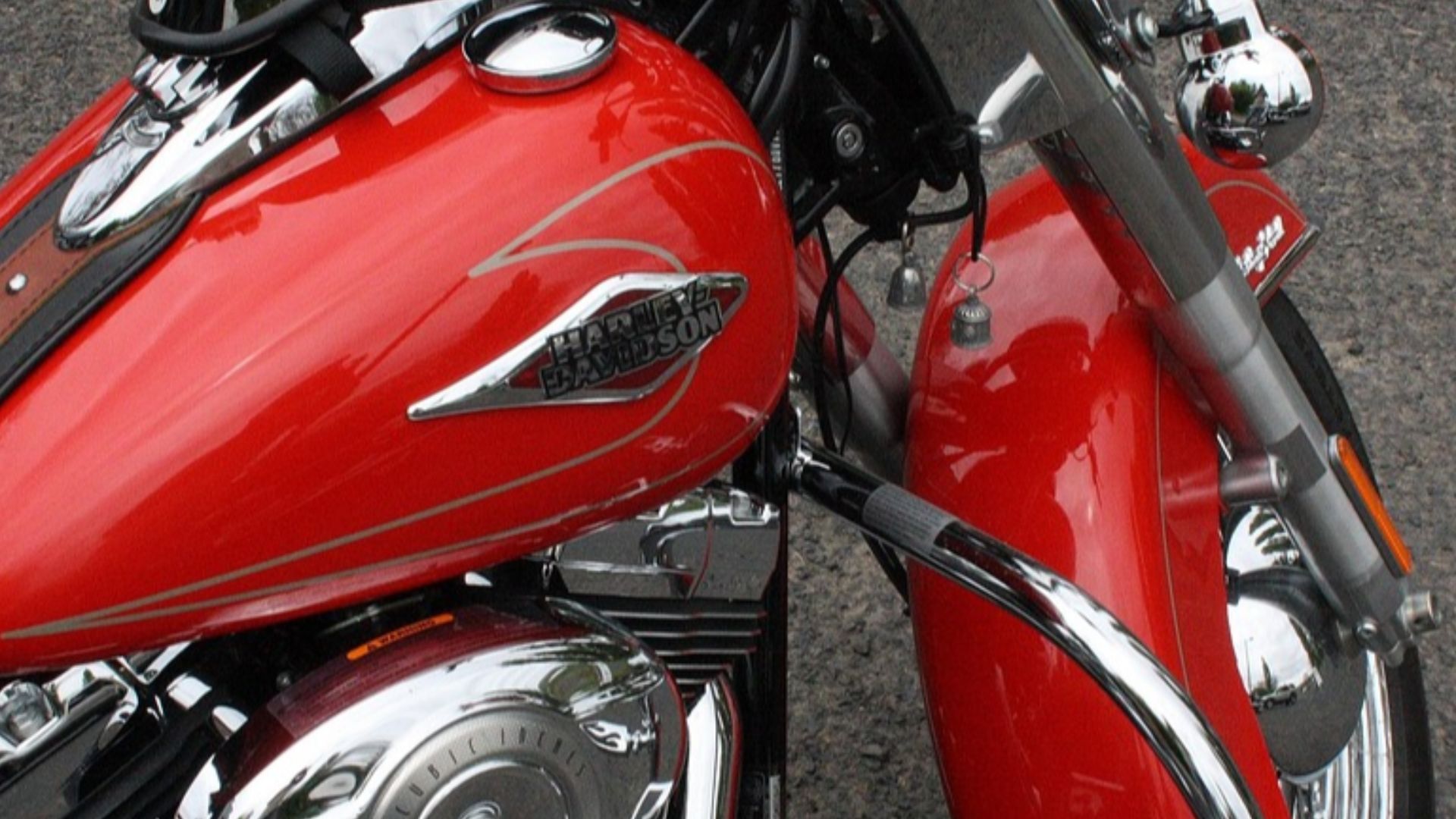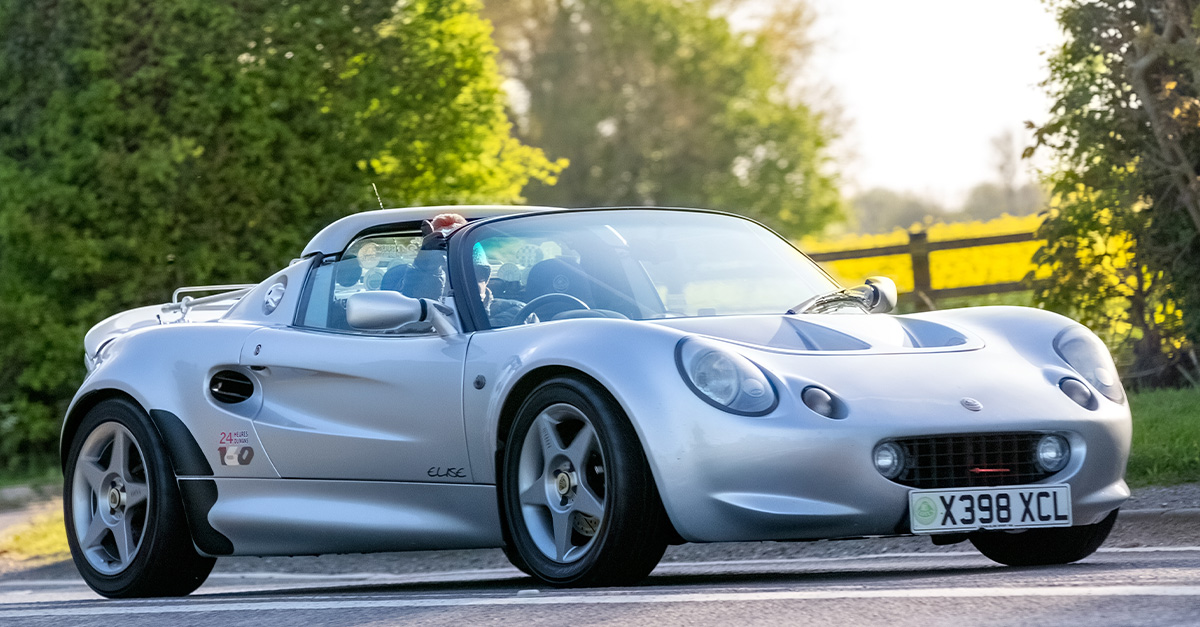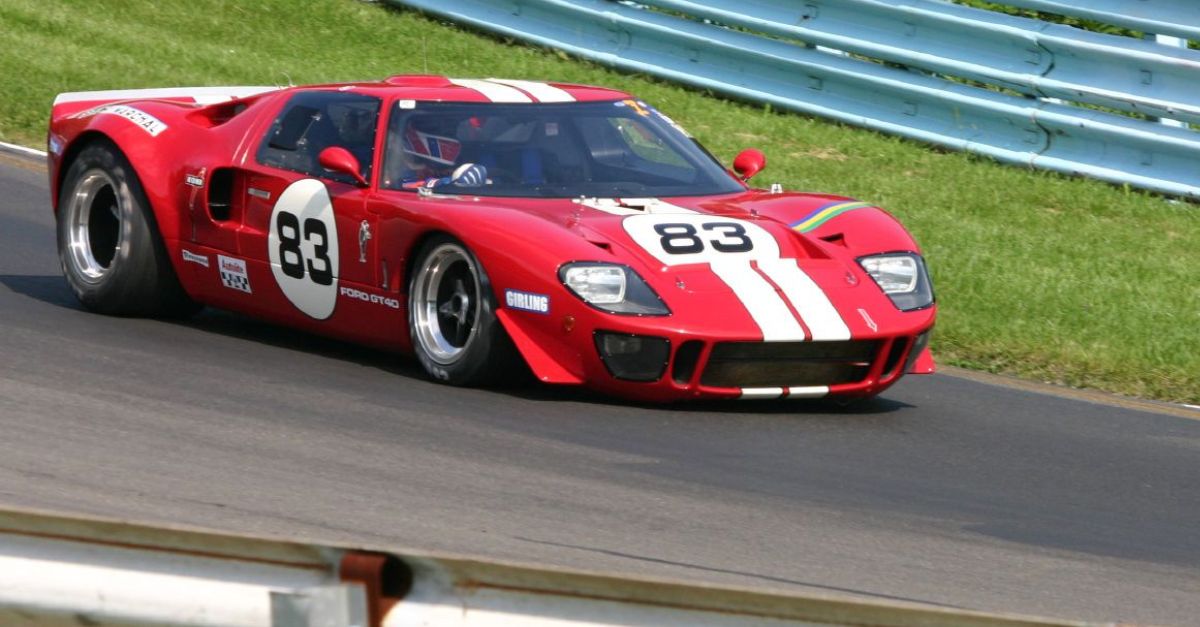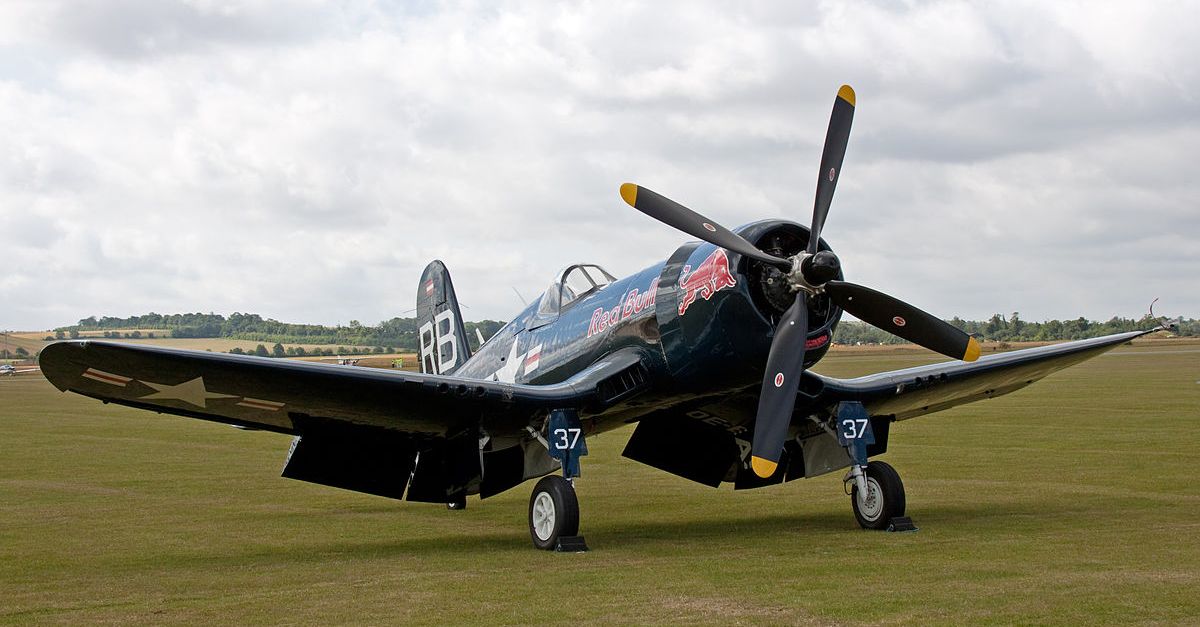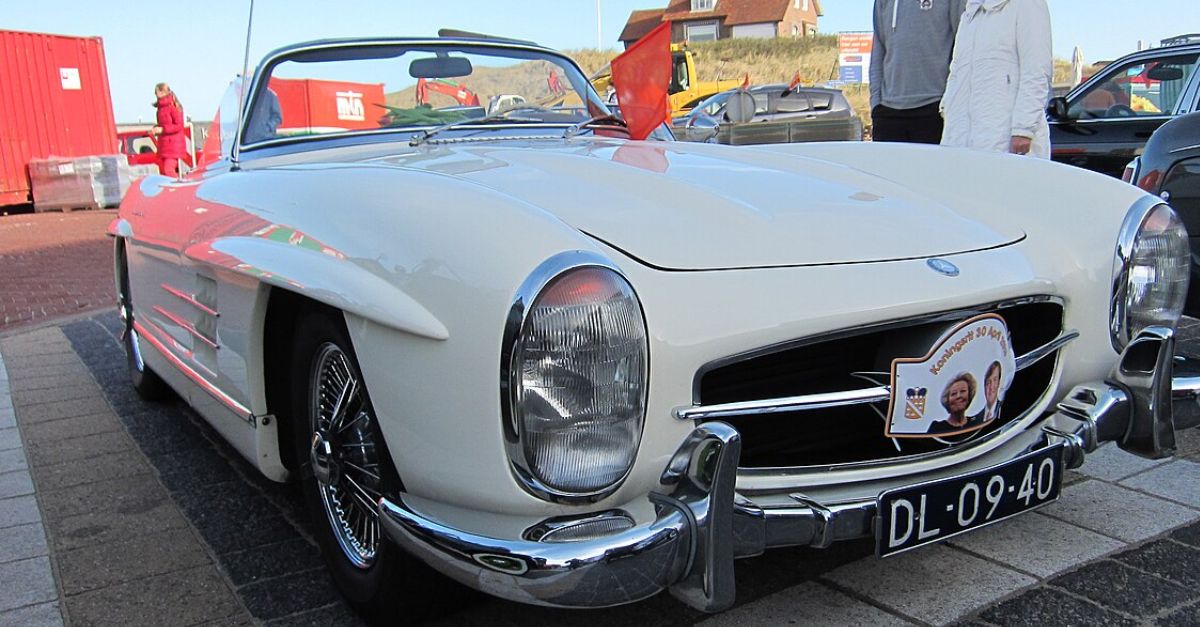More Than Meets The Eye
When you spot the distinctive black‑orange “Bar & Shield” logo of Harley‑Davidson, you’re looking at more than just branding. The logo is a rich symbol with a long and fascinating history, identity, and intent all its own. The logo has evolved over the decades, but its core meaning remains rooted in strength, heritage, and freedom on two wheels.

The Birth of the Shield (1903‑1910s)
The Harley‑Davidson company was founded in Milwaukee in 1903 and started producing their own bikes quickly afterward. The company adopted the famous shield motif early on. The shield is the perfect symbol of protection, durability, and a badge of honor for riders who trusted their bikes to carry them across the open roads of America.
Adding The Bar: The 1910 Breakthrough
By 1910, Harley‑Davidson officially trademarked what would become the Bar & Shield logo that we recognize today. The “bar” horizontally bisected the shield. Historians are quick to point out that this bar was added to accommodate the company name and the growing presence of dealerships across the country.
Symbolism Of The Shield Shape
As mentioned above, the shield conveys defense, reliability and legacy. These were qualities that Harley‑Davidson wanted to project in the early days of the motorcycle era, when bikes were new, rough, and rugged. The shield promised riders: “we’ve got your back.” It helped to embed trust in the brand.
Why The Bar Was More Than A Design Trick
The horizontal bar held the text of the company name, of course, but it also divided the region of the logo visually, creating a strong base above and a supportive platform below. By intention or not, it turned into a powerful design element, giving the logo boldness and clarity at a glance.
Color Choices: Black, Orange and White
While early versions of the logo dabbled with a variety of different colors, the standard black‑orange‑white combination became iconic by the mid‑1920s. Black suggests power and durability, orange denotes energy and adventure, while white adds contrast and clarity.
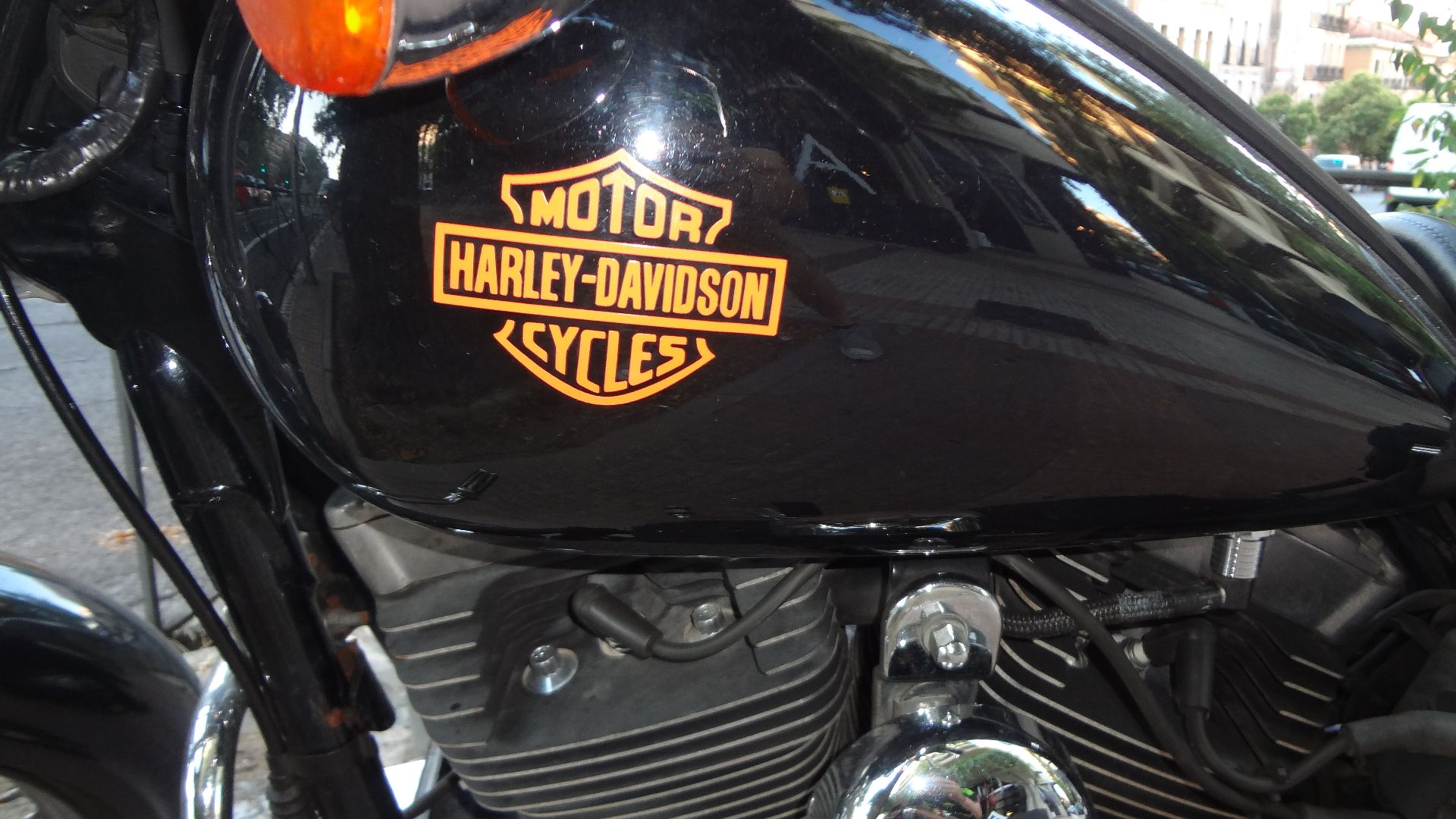 David Adam Kess, Wikimedia Commons
David Adam Kess, Wikimedia Commons
The Eagle Spreads Its Wings
In 1929, amid the economic shock of the Great Depression, Harley-Davidson introduced a bold redesign: the bar-and-shield logo now paired with a soaring bald eagle. According to historical brand accounts, the eagle symbolized American patriotism, courage and open-road freedom—qualities the company wanted to emphasize as sales slumped. The eagle design helped reinforce Harley-Davidson’s identity as “America’s motorcycle."
The Role Of The Logo During The War Years
During WW I and WW II Harley‑Davidson trucks and bikes served the US military. The Bar & Shield appeared on military bikes and parts, boldly hammering across the brand’s patriotic rugged image that the company still makes the most of today.
Post‑War Boom And Branding Expansion
When the soldiers all came flooding home, it set off a boom in motorcycle culture. Harley‑Davidson seized the moment and used the Bar & Shield not just on their bikes, but on accessories, apparel, and signage. The logo had taken on the meaning of a lifestyle badge beyond the roar of the bikes themselves. But 1953 brought a major change to the classic logo.
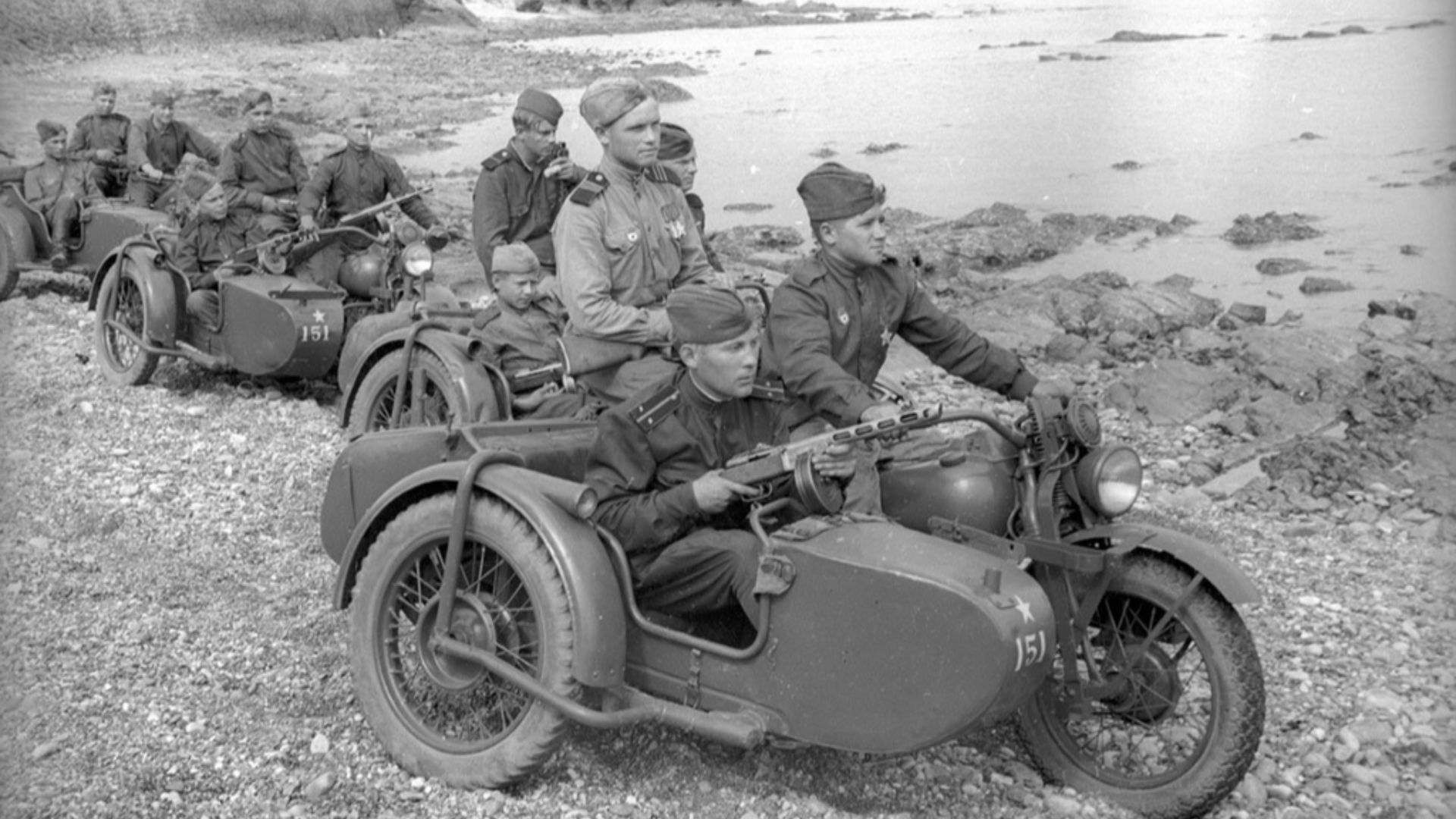 Yevgeny Khaldei, Wikimedia Commons
Yevgeny Khaldei, Wikimedia Commons
The V-Twin Logo
Between 1953 and 1965, to mark its 50th anniversary, Harley-Davidson adopted a striking new emblem: a “V”-shaped version of the Bar & Shield logo. The design incorporated a large V, representing the brand’s celebrated V-Twin engine, with the shield nestled at its centre and a circular medallion around it proclaiming “50 Years” and “American Made”. The makeover was more than cosmetic; the logo helped signal a modern, engine-focused era for the company.
Logo Evolution: Small Tweaks, Big Impact
Over the decades the Bar & Shield underwent refinements: thicker outlines in the 1950s, more separation between bar and shield in the 1970s, color enhancements in the 2000s. But the essential shape stayed consistent all the way through from then to now.
Variants And Special Editions
Harley‑Davidson introduced a host of different variants: “Harley Owned” version, anniversary editions, performance divisions, even junior‑rider gear. Each variant still incorporates the bar and shield, proving how versatile the design is.
Global Reach: The Logo Travels
Because the Bar & Shield is simple, bold and iconic, it translates well across countries and languages. That was a key advantage for a global brand like Harley‑Davidson. Riders around the world recognize and respect the symbol and what it stands for.
Logo As Counterculture Icon
In the 60s and 70s, Harley bikes and the bar/shield became symbols of the rebellious culture of freedom and the open roads. The logo went beyond mere corporate branding to become an identity for bikers, clubs and subcultures.
Modern Era: Licensing And Lifestyle Brand
Today the Bar & Shield appears on clothing, home décor, tattoos and even toys. It’s as much a lifestyle emblem as a technical badge on a machine. Its meaning has gone far and wide from ride‑machine branding to worldwide cultural symbol.
Protecting The Icon: Trademark And Legal Battles
Harley‑Davidson fiercely defends the Bar & Shield trademark. Over the years the company has filed legal cases to stop unauthorized use, ensuring that the logo retains its prestige and authenticity.
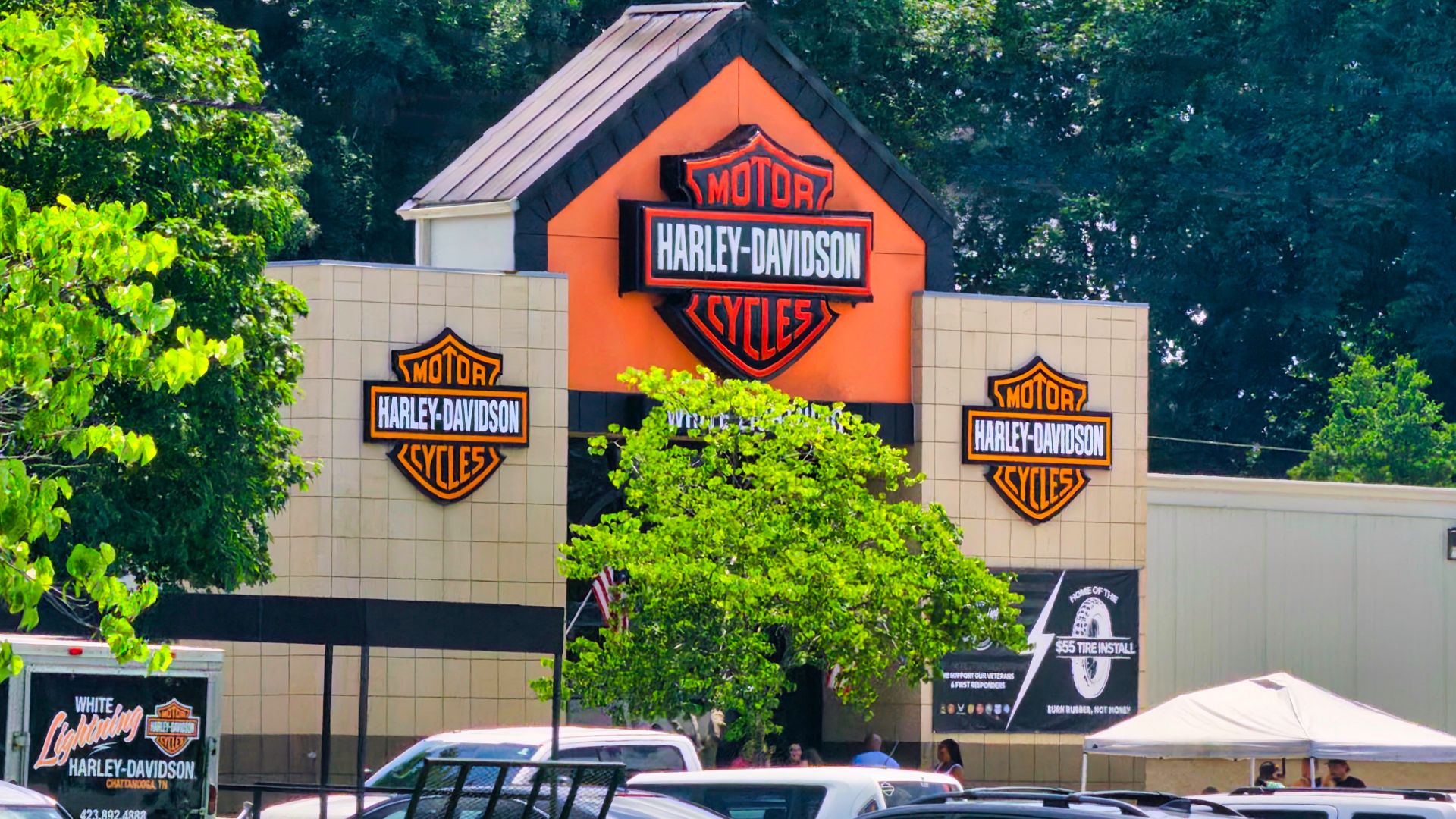 Harrison Keely, Wikimedia Commons
Harrison Keely, Wikimedia Commons
Legal Battles Over the Bar & Shield
Harley-Davidson has filed lawsuits against counterfeiters, clothing brands, and even small shops that used similar imagery. In 2018, the company sued a California merchandiser for selling knockoff apparel online, and in earlier decades it pursued dozens of cases worldwide to stop “garage” imitations. These efforts protect the aura of authenticity that gives the Harley name its enduring power.
Why The Logo Still Works
Despite logo trends that come and go, the Bar & Shield has endured because of its clarity, bold geometry, and emotional resonance. Riders see it and instantly know what it means: heritage, power, freedom. That’s a connection that drives some serious brand loyalty.
What The Logo Means To Riders Today
For a modern rider, seeing the Bar & Shield means you’re in a lineage of over 120 years of Harley‑Davidson history. It’s a part of American culture, along with the horsepower, road stories, and the badge.
When The Logo Doesn’t Work
Sometimes even iconic logos can misfire. When Harley‑Davidson tried major redesigns or ventures outside those core design features, they struggled. The lesson was that the symbol matters, but the product and experience have to live up to it.
What This Means For Automotive Brands
Automotive brands today can learn a lot from a symbolic phenomenon like the Bar & Shield: invest in symbol, consistency, heritage, and emotional meaning. A logo is no mere decoration, but a promise of quality. If the machines deliver as promised, the brand and symbol thrive together.
Shielding Heritage, Riding Into Tomorrow
The Bar & Shield logo of Harley‑Davidson is a badge of legacy, pride, and identity. From early shields to modern global icons, the symbol tells the story of a brand that rode from Milwaukee to the open roads of America and beyond.
You May Also Like:
44 Coolest Motorcycles You’ll Want To Ride In 2025


